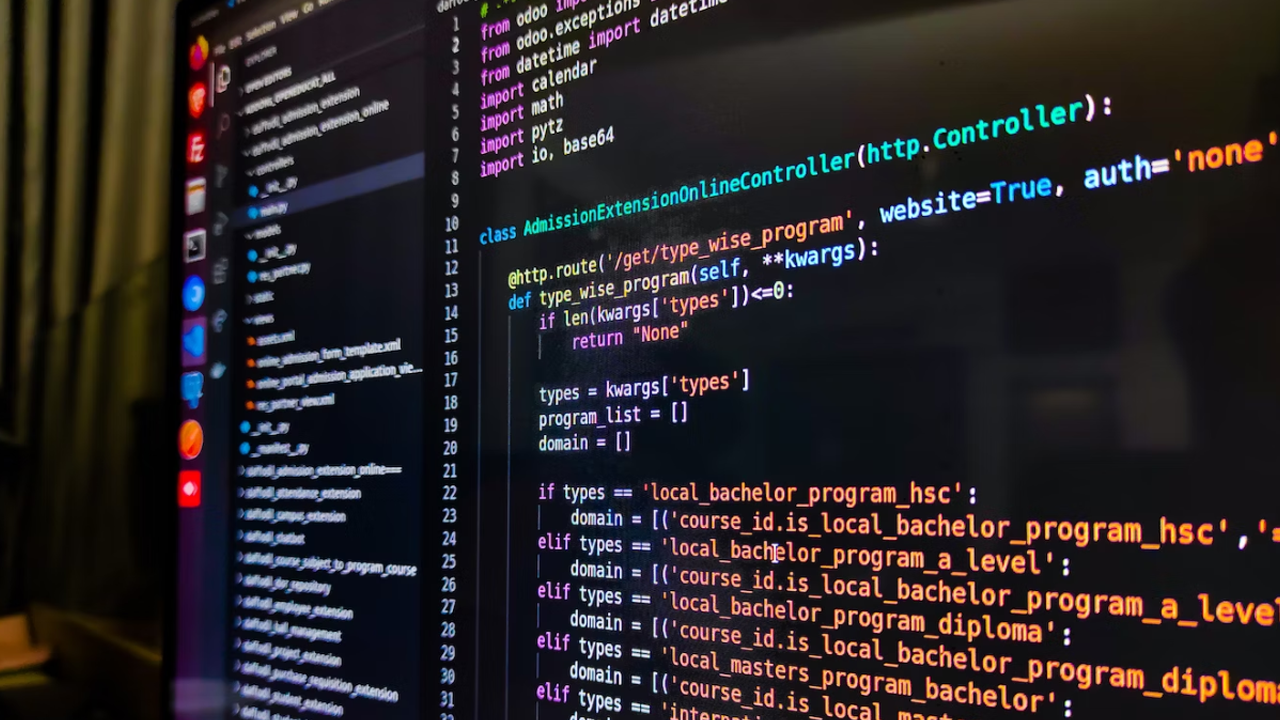Imagine crafting software as you would an intricate puzzle. Continuous Integration and Continuous Delivery (CI/CD) pipeline security acts as the glue, piecing together secure code changes. So follow along as we help you understand CI/CD Pipeline Security.

Table of Contents
Software development is a lot like making a meal from scratch: you must follow stringent checks like tasting and hygiene to ensure your food is delicious and healthy. Likewise, you follow a series of steps when developing software to ensure the safety and integrity of the entire software delivery process, called continuous integration and continuous delivery (CI/CD) pipeline security.
The CI/CD pipeline is an automated series of steps that help a software developer deliver code changes more efficiently and orderly. Let us help you understand this pipeline so you can implement CI/CD pipeline security best practices with ease.
-
Source Code Repository Security
The CI/CD security process starts with the source code repository, where the developers store their code. This repository must have the optimum security protocols to protect your code and prevent unauthorized access.
CI/CD pipeline security has critical source code repository applications, such as implementing secure access controls, two-factor authentication, and encryption. You are also supposed to audit and monitor access to your source code repository regularly.
-
Build Environment Security
Once you retrieve the code from the repository, you will build your software in the build environment. You compile your code, resolve any dependencies, and create artifacts. To ensure the integrity of your build process, you must implement stringent security protocols.
The CI/CD pipeline security framework suggests you regularly update and patch build tools and dependencies. You should also scan for and remediate any known vulnerabilities in dependencies.
-
Automated Testing Security
While your software is going through the development process, you should run it through automated security tests. These include static code analysis and dynamic application security testing (DAST)and can help you identify any security issues in the early stages of development. You must ensure that your security tests are comprehensive and cover different aspects of the application's security posture for best CI/CD pipeline security practices.
-
Artifact Repository Security
During your code development, you will make different artifacts like executable files. You will need to store these artifacts in a repository so it is easy to insert them into your software whenever required. To ensure your artifact security, you must deploy CI/CD pipeline security for your repository. Implement access controls, encryption, and audit logs for the artifact repository. Ensure that only authorized individuals or systems can access and deploy artifacts.
-
Deployment Security
Deployment in software engineering refers to moving the artifacts from the repository to production. You must ensure that your artifacts don’t lose their integrity in the process, which you can do through CI/CD pipeline security.
Deployment automation tools with proper access controls are a great way to ensure artifact integrity during deployment. You can also use deployment strategies like canary releases or blue-green deployments to minimize the impact of potential issues.
-
Monitoring and Logging
CI/CD pipeline security is a dynamic process, and you must monitor to detect and respond to security threats continuously. These include unauthorized access, unusual activities, and security vulnerabilities. If you find suspicious activity, you must also develop a process to log it and notify relevant stakeholders.
-
Compliance and Governance
CI/CD pipeline security practices should align with regulatory requirements and organizational policies. Your security measures must adhere both to internal regulations and industry standards. You should also regularly audit your pipeline for compliance with security standards.
Endnote
Protecting the security and integrity of your code is essential at all steps of the software development process, and you can ensure it through the CI/CD pipeline security. It extends beyond the development process and is a dynamic framework where you must continuously monitor and respond to security threats.
